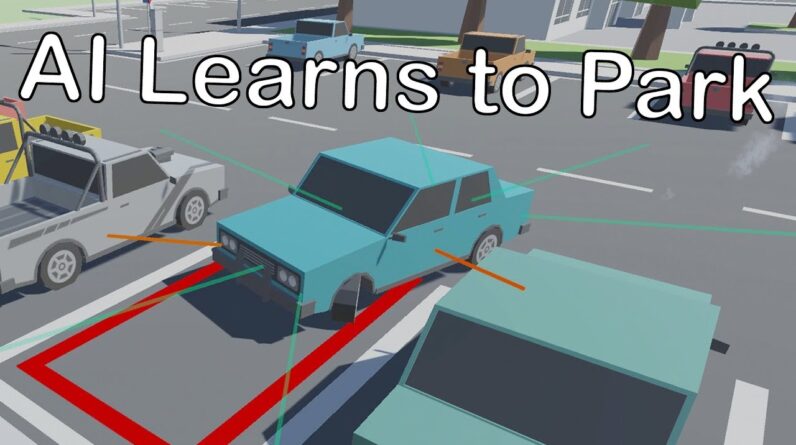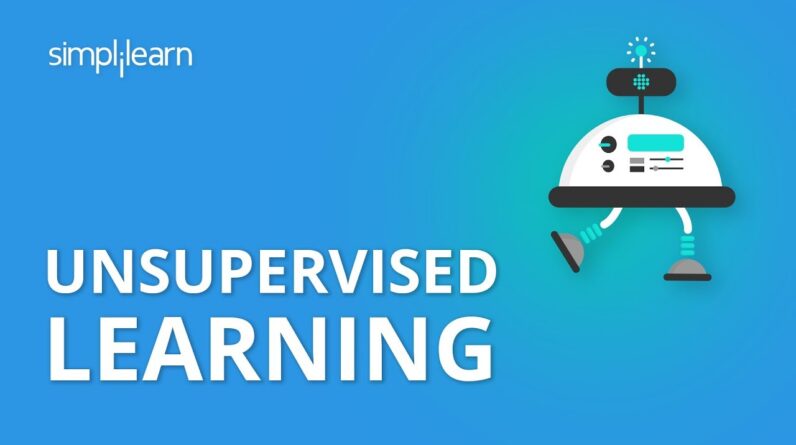Welcome to your comprehensive introduction guide on reinforcement learning! If you’re interested in understanding how machines can learn from their environment and make decisions based on rewards, you’re in the right place. In this post, we’ll cover the basics of reinforcement learning, including concepts like agents, environments, actions, and rewards. By the end of this guide, you’ll have a solid foundation in one of the most exciting fields of artificial intelligence. So let’s get started and dive into the world of reinforcement learning!
Reinforcement Learning 101: Your Comprehensive Introduction Guide
Introduction
Reinforcement learning (RL) is becoming increasingly popular in machine learning research. It is a subfield of artificial intelligence (AI) that focuses on training algorithms to learn from experience and make decisions based on that learning. RL is an essential tool for developing autonomous agents that can make decisions and take actions without human intervention.
In this comprehensive introduction guide, we’ll cover the basics of reinforcement learning from definitions to practical examples. We’ll explore the different types of reinforcement learning algorithms and the essential components of an RL system. By the end of this article, you’ll have a solid understanding of the fundamentals of reinforcement learning and how it can be applied in various domains.
The Basics of Reinforcement Learning
Reinforcement learning is a type of machine learning where an agent learns through trial and error. The agent interacts with an environment, and its actions generate rewards or penalties depending on the desired outcome. The goal of the agent is to find the optimal strategy that maximizes the cumulative reward over time.
Components of an RL System
An RL system consists of three key components:
- Agent: The learning algorithm or the entity that interacts with the environment.
- Environment: The context in which the agent operates, including the physical state, rewards, and penalties.
- Action: The decision made by the agent to affect the environment.
Types of Reinforcement Learning Algorithms
There are two main types of reinforcement learning algorithms:
- Model-based RL: These algorithms use a model of the environment to learn the optimal strategy. They build a representation of the environment and use it to simulate different scenarios.
- Model-free RL: These algorithms do not require a model of the environment and learn by trial and error. They rely on experience to generate a policy that maximizes the cumulative reward.
Practical Examples of Reinforcement Learning
Reinforcement learning has been successfully applied in various domains, including:
Robotics
RL has been used to train robots to perform complex tasks such as playing table tennis, assembling objects, and walking. In these scenarios, the robot interacts with the environment and learns how to adjust its movements to achieve the desired outcome.
Gaming
RL has also been used in gaming to develop agents that can play games like chess, Go, and poker at a superhuman level. The agent interacts with the game environment and learns strategies that maximize its reward.
Business Applications
RL can be used to optimize business processes such as inventory management, pricing, and recommendation systems. For example, an e-commerce platform can use RL to recommend products to customers based on their browsing history and purchase behavior.
Tips for Implementing RL
Here are some tips for implementing reinforcement learning effectively:
- Choose the right problem: RL is best suited to problems where the agent can interact with the environment and receive feedback on its actions.
- Define the reward function: The reward function defines the objective of the RL system and what the agent is trying to optimize.
- Start small: Begin with a simple environment and agent to understand the basic concepts before moving to more complex scenarios.
- Optimize hyperparameters: The performance of an RL system depends on various hyperparameters, such as learning rate, exploration rate, and discount rate. Tuning these parameters can significantly impact the system’s performance.
Conclusion
Reinforcement learning is a powerful tool for developing intelligent systems that can learn from experience and make decisions independently. By understanding the basics of RL and its practical applications, you can start implementing this technique in your projects and optimize your outcomes.
FAQs
- What is the difference between supervised learning and reinforcement learning?
- What is the role of the reward function in RL?
- Can reinforcement learning be applied in natural language processing?
- How can I optimize the performance of an RL system?
- Is reinforcement learning suitable for unsupervised learning tasks?






